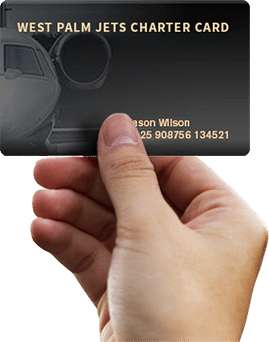
The Difference Between Wet Leasing and Dry Leasing
If aviation is in your future, you’re likely wondering about the best options for sale and storage. There’s a lot to delve into, after all.
And if you’ve spent any time around a hangar, you’ve likely heard the terms ‘dry leasing’ and ‘wet leasing’. In fact, if you’re looking to lease an aircraft, the FAA will likely ask you which lease you prefer. But what do these phrases mean and what’s the difference between them?
Leasing is certainly a far more cost-effective measure than an outright purchase. But you’re likely looking to save the most money possible.
Read on as we walk you through the pros and cons of both wet and dry leasing to determine which is the best fit for you.

Wet Leasing
What is it?
Wet leasing is a great fit for those flyers who only need the bare minimum. With a wet lease, the possession of the aircraft doesn’t change hands. That means that you’re not going to outright own your vehicle.
However, it isn’t without its advantages. Wet leasing often involves the inclusion of at least one crew member. So if you’re just looking for a great jet charter, you won’t have to worry about hiring staff.
Additionally, the owner must complete any necessary upkeep and maintenance needed. The lessee gets the benefits of a private jet charter without much of the expensive upkeep that comes with plane ownership.
Pros
- Comes with a crew
- No need to worry about maintenance
- Often more affordable
Cons
- Not full ownership
- Lessee pays for fuel
- More of a rental than a lease
Dry Leasing
What is it?
Dry leasing, on the other hand, is far more cut and — for lack of a better term — dry.
You’ll lease the aircraft from the lessor and have access to the plane. However, unlike a wet lease, you’ll have to supply your own crew. Hiring pilots and cabin crew can add up quickly, so make sure to consider your options.
If you’re looking for more of a sense of ownership then a dry lease is perhaps your best choice. Remember, though, that you’ll be responsible for upkeep. That means that if something goes wrong, you’ll have to pay for it out of pocket.
Pros
- More freedom
- Bigger sense of ownership
- A bit more flexibility
Cons
- Maintainance is on you
- More expensive
- Supply your own insurance
Which is Better?
Ultimately whether you sign up for a wet or dry lease is contingent on a few things:
First, whether you want to feel a sense of ownership from your lease. A dry lease comes with more freedom, but it also comes with more expenses.
You’ll also need to consider your crew. If you have a crew already in place, a dry lease may not be a bad idea.
However, wet leasing is a great way to experience all of the joys of plane ownership without many of the worries. With a wet lease, you’ll get the plane, crew, insurance, and maintenance.
Both are great options, but a wet lease seems to be the smarter call for most pilots.
The Jet Charter Solution for you
At West Palm Jet Charter, we want to make your private charter experience as pleasant as possible. That’s why we offer tons of services from chauffeuring to catering and everything in between.
Get in touch today and see how you can enjoy the luxury of a jet charter at a price you’ll love.
Disclaimer: All Aircraft And Air Carriers Selected By West Palm Jets are fully Certified by The Federal Aviation Administration and The U.S. Department of Transportation under part 135 regulations. Carriers are Solely Responsible for The Air Transportation Arranged on Behalf Of West Palm Jets’ Clients. West Palm Jets Does not OWN or Operate Any Aircraft. West Palm Jets is not a direct or indirect Air carrier. All flights chartered through West Palm Jets are Operated by Part 135 Air Carriers.


